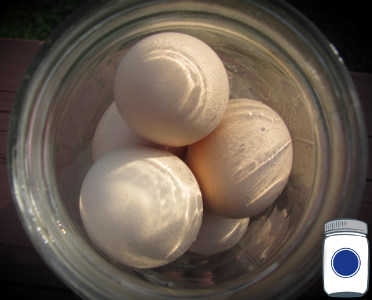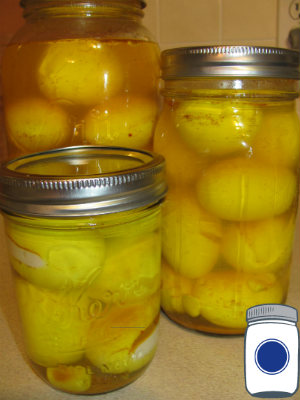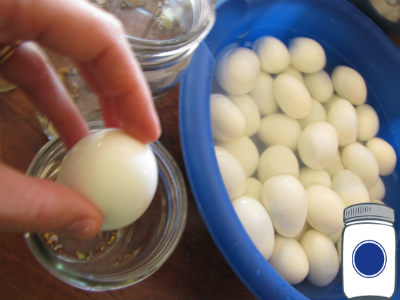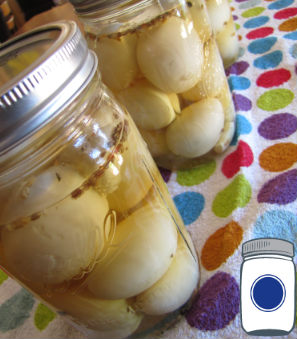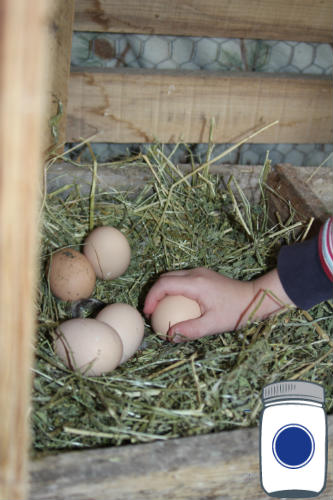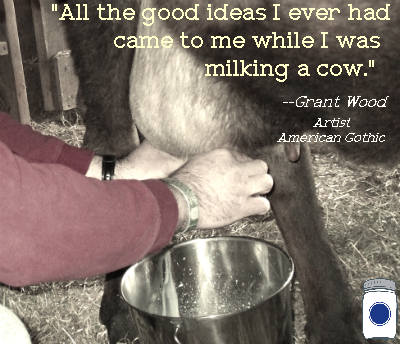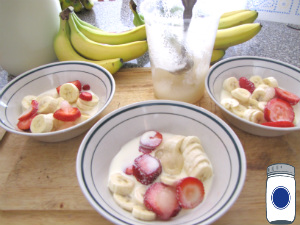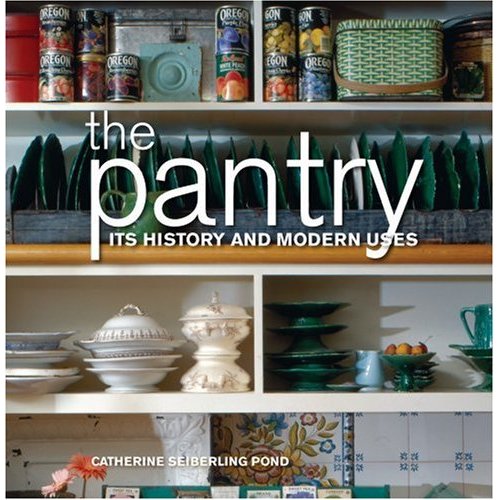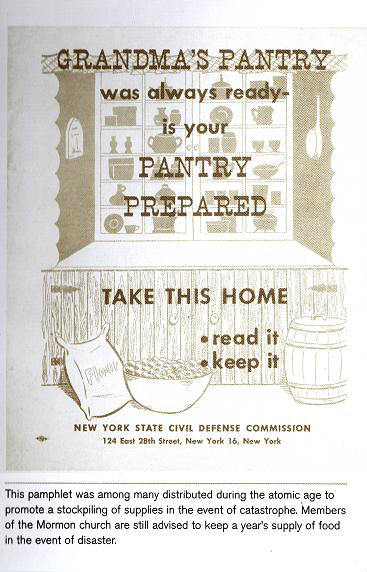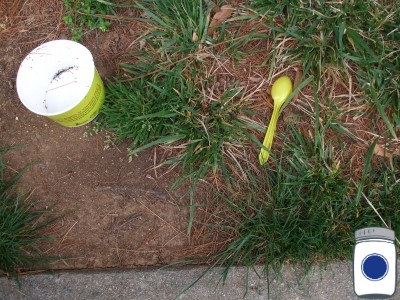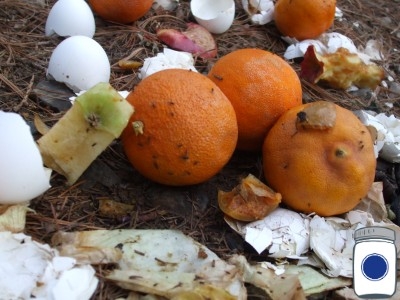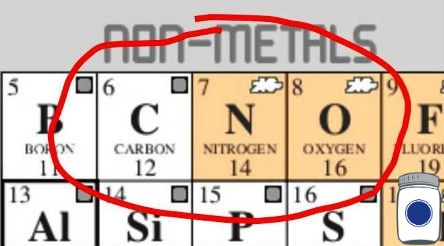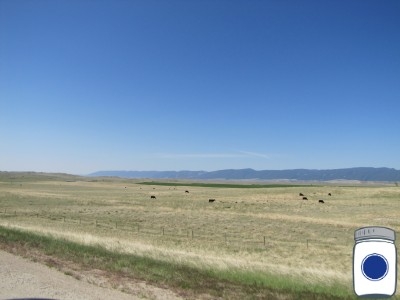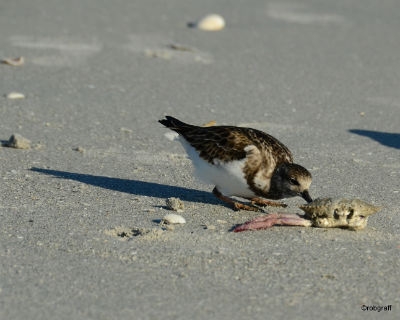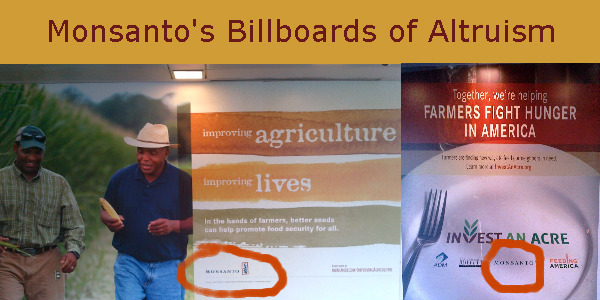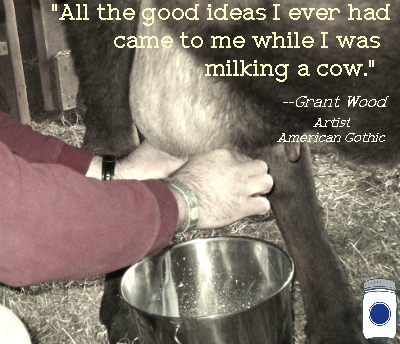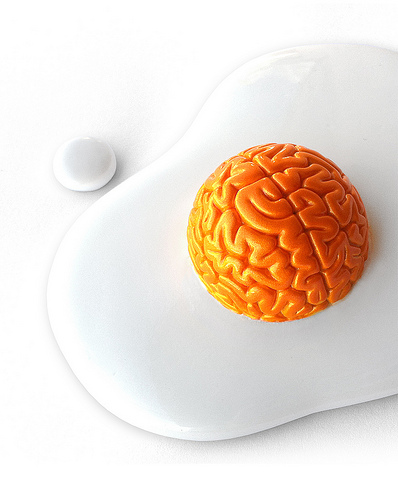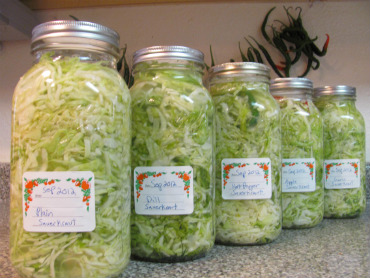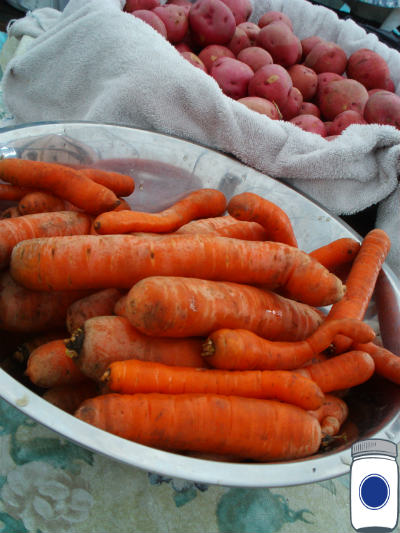Maple Sugaring Giveaway
The Untapped Potential of Maple Syrup
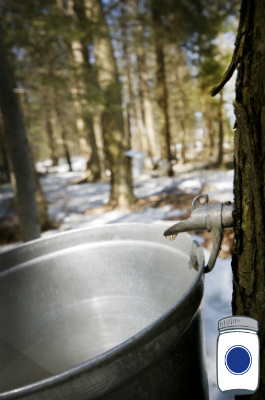 Sugar is sweet, and so is maple surple, as the old Roger Miller tune goes. He did not, however, tell us in the song that you would have to place a lien on your kidney to afford it. At $96.50 per gallon—yes, you read that right—we have a few choices.
Sugar is sweet, and so is maple surple, as the old Roger Miller tune goes. He did not, however, tell us in the song that you would have to place a lien on your kidney to afford it. At $96.50 per gallon—yes, you read that right—we have a few choices.
We will either need to:
1) concede with the rest of America that taste and health do not matter, and start guzzling flavored corn syrup
2) attempt to come up with some other alternatives when we can, like making sauces out of berries.
3) Or learn this simple, inexpensive time-tested skill that delivers flavor, tradition, and even a side income!
In regards to the health question, we can bemoan the current state of fake food, but let’s stay focused people—maple syrup is healthy sugar, it is good for you! Oh yes, it is still a sugar and very high in carbohydrates. But it is real, meaning that your body will know how to process it—unlike the fake stuff. You must use moderation, but did you know that it is high in antioxidants as well as possessing more minerals than honey? Katie from Kitchen Stewardship gives us the breakdown; and since she lists price being the only downside to maple syrup, Pantry Paratus is going to try to help you out with that. We also know that storebought maple syrup can have potential problems, as KerryAnn Foster from Intentionally Domestic reports. Tapping your own ensures you are getting the safest–and freshest product possible. You will know where your food comes from, and if you keep reading, you’ll know what to do with it!
Tapping trees for syrup is more common than you realize. The USDA survey data for 2013 reports a banner year! There were 10,571,000 taps placed in U.S. trees, which produced 3,253,000 gallons of syrup (yes, if you are math whiz, you just discovered that a single tap reportedly yields .308 of a gallon). 10 gallons of sap (the watery substances coming out of the tree) makes about 1 quart of maple syrup (or a 40:1 ratio of 40 gallons sap to 1 gallon syrup).
First thing we have to get out of the way right now is whether PETT (People for the Ethical Treatment of Trees) are going to chain themselves to our Maples in protest. Joe, founder of “Tap My Trees” and creator of our Maple Sugaring Kit has this to say:
“Tapping a tree does create a wound, but it is a wound from which the tree can readily recover and does not endanger the health of the tree. Commercial syrup producers are able to tap trees for decades without adversely affecting the health of the tree. A vigorous tree will heal, or grow over, a tap hole in one year. It may take other trees up to 3 years to grow over a tap hole.”
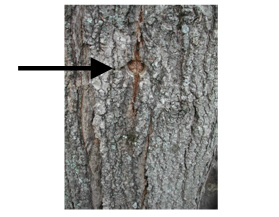
Hmmm, I sense your motivation waning.
Let’s insert food pictures here to keep you focused.
Wilson’s mother grew up in Quebec and her eyes get glassy when someone mentions maple syrup. She talks about the annual ritual of making the candy and…well…her voice sounds different when she recollects it. My goal this next year is to learn how to make the candy myself so that I can send some to her. I’m going to use this recipe from Joybilee Farm.
Not sure if you would really use maple syrup in your kitchen enough to warrant a jug in the cupboard? Check out these chocolatey Power Bites for an energetic family on-the-go; they will make a convert out of you. I added sunflower seeds when I made these–DE-lish!
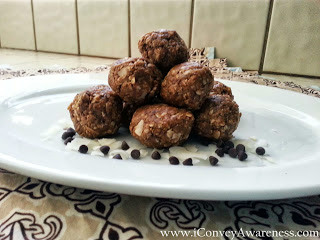
Perhaps a little less healthy but oh-so-divine is this maple syrup popcorn (think “homemade Cracker Jacks”).
Speaking of midnight fridge raid, this recipe by Real Food Whole Health gets my vote for Comfort Food of the Year: Maple Butter Pecan Sweet Potatoes!
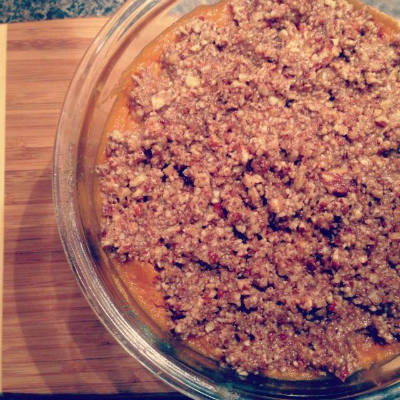
Tapping for your own maple syrup gives you a plethora of homegrown gifts for others, too. Apart from the obvious—a bottle of pure indulgence—maple roasted nuts are a holiday tradition that no one can resist.
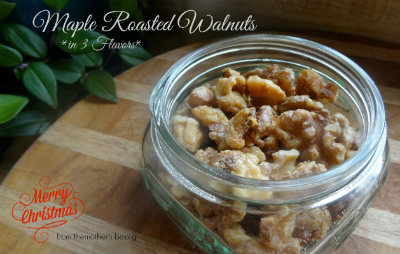
Look at this gluten-free and grain-free buckwheat apple granola that features maple syrup, the secret ingredient!

Is there anything more elegant (or delicious) than this? I have a new scheme to get my kids to eat squash!

LearningAndYearning makes her strawberry preserves with maple syrup, showing just how handy it is going to be in the pantry when the industrial food supply finally goes bonkers. Even better than her jam is her Maple Pecan Pie—proving to me that I can indeed make my old favorite even in spite of our corn syrup ban.
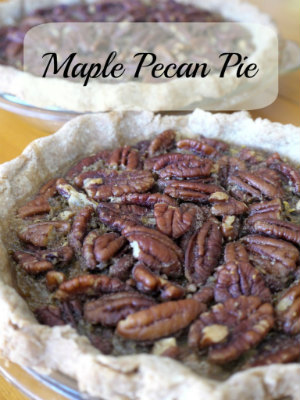
And finally, the Food Renegade’s Chocolate Mousse!
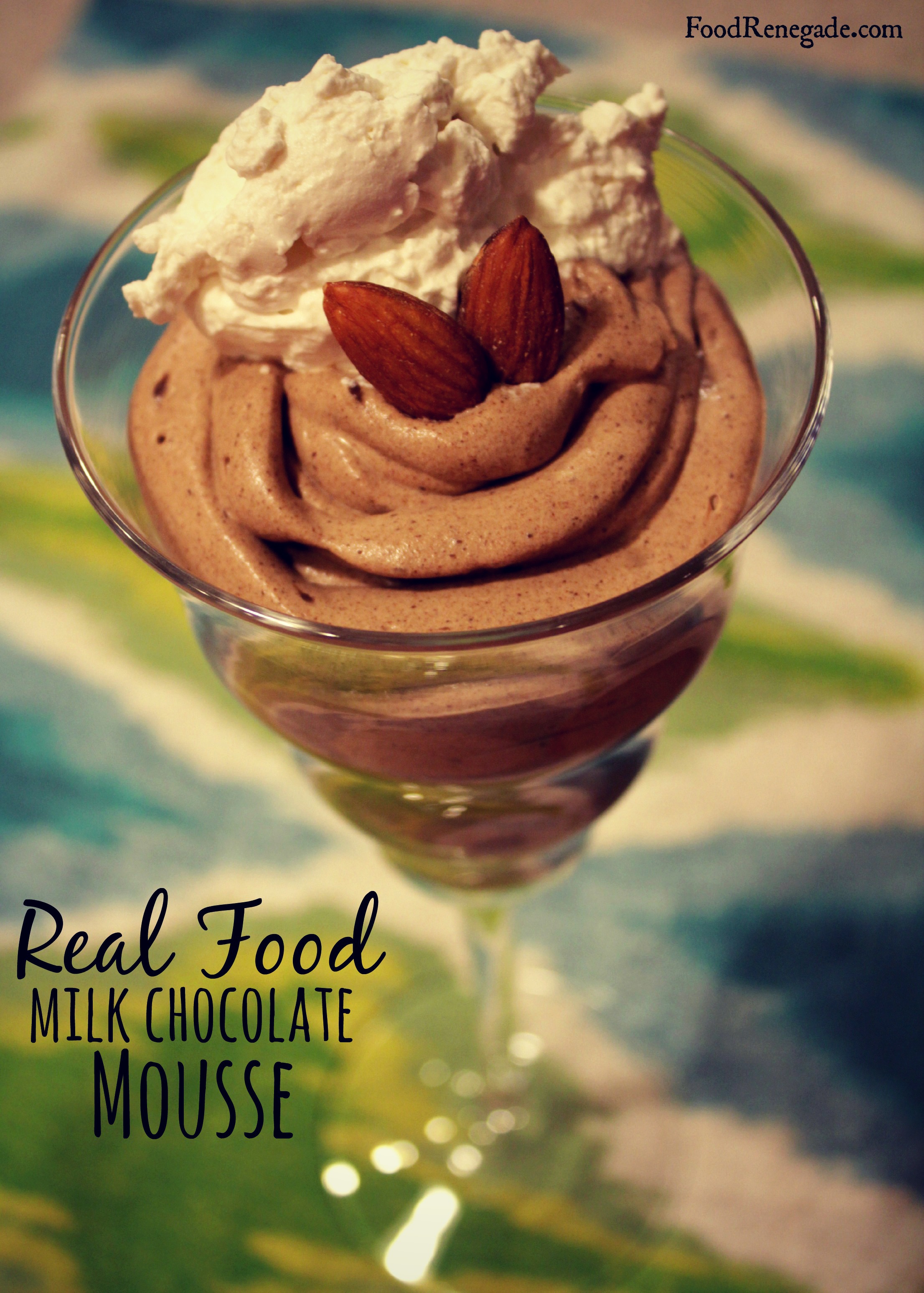
Now that I have your full attention…let’s get started. You can do this. You’ve got this.
 Learn your trees. Maples are the only to make syrup, you know, although it is much preferred. Walnut and Birch trees can be tapped for syrup too!
Learn your trees. Maples are the only to make syrup, you know, although it is much preferred. Walnut and Birch trees can be tapped for syrup too!
 Visit your local farmer’s market, find the local guy making maple syrup. For real. Ask if you can tag along, or pick his brain about the trees in the local area, the tips and tricks. No local guy—that’s where we come in. We’ll hook you up with the tips & tricks of maple sugaring.
Visit your local farmer’s market, find the local guy making maple syrup. For real. Ask if you can tag along, or pick his brain about the trees in the local area, the tips and tricks. No local guy—that’s where we come in. We’ll hook you up with the tips & tricks of maple sugaring.

Read up. Local guy or not, we can point you in the right direction. Our kits come with a top-notch “how to” that nothing can rival, but if you are looknig for something to whet your mapley appetite, try this Country Wisdom Bulletin for only $3.95.
 Get the right tools—we have you covered. Get a starter kit with everything you need for 3 taps: buckets (plastic kit or aluminum kit), taps, drill bit, hooks, lids, cheesecloth, and THE book you need to get started.
Get the right tools—we have you covered. Get a starter kit with everything you need for 3 taps: buckets (plastic kit or aluminum kit), taps, drill bit, hooks, lids, cheesecloth, and THE book you need to get started.
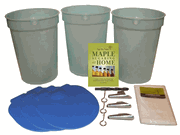
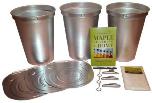
 Mark your trees. This might means asking some neighbors if you can use their trees. Make a friend; maybe they will want to learn how, too. You need to start doing this now! Large trees can support more than one tap in it at a time. Find and measure the trees, and determine which types of maple you have. In order of sweetness, you are looking for Sugar, Black, Red, & Silver Maple Trees. Do not overlook alternatives like Birch if you do not have the Mighty Maple.
Mark your trees. This might means asking some neighbors if you can use their trees. Make a friend; maybe they will want to learn how, too. You need to start doing this now! Large trees can support more than one tap in it at a time. Find and measure the trees, and determine which types of maple you have. In order of sweetness, you are looking for Sugar, Black, Red, & Silver Maple Trees. Do not overlook alternatives like Birch if you do not have the Mighty Maple.
 Get out there and do it! Maple Sugaring takes place in February and March. Don’t let the season sneak up on you. The sap begins to flow when daytime temperatures are above freezing but it is freezing at night.
Get out there and do it! Maple Sugaring takes place in February and March. Don’t let the season sneak up on you. The sap begins to flow when daytime temperatures are above freezing but it is freezing at night.
 Sap Collection & Processing. The season usually lasts between 4-6 weeks. Usually around April (when the weather is above freezing, or the buds appear on the trees) your entire process is complete.
Sap Collection & Processing. The season usually lasts between 4-6 weeks. Usually around April (when the weather is above freezing, or the buds appear on the trees) your entire process is complete.
 Cleanup: Before you put the tools away, you will need to roll up your sleeves and bleach out the buckets and taps. Or hire the teenager. Yeah, better idea.
Cleanup: Before you put the tools away, you will need to roll up your sleeves and bleach out the buckets and taps. Or hire the teenager. Yeah, better idea.
So what’s up with the grading system? Learn what the grades mean, and it will inform your own tree tapping process!
Now, about our Maple Sugaring Kits. These have been featured everywhere (from Martha Stewart Living to National Science Teacher Association). The “Tap My Trees” kits were developed by someone who wanted to teach his own kids that food is real. He wanted them to engage in the process of bringing food to the table. Joe found, though, that existing literature was all geared to commercial operations and not for the average person. His solution was to write the book and develop the kit. We are proud to have these start-to-finish kits for you to provide real, wholesome food for your family.
There is a 100% satisfaction guarantee on your kit. The only risk you are taking is your reliance on grocery store pricing & availability by NOT diving in and giving this a try.
Enter our giveaway for a Maple Sugaring Kit with Plastic Buckets!
a Rafflecopter giveaway
Know Where Your Food Comes From. Know What To Do With It.
Pantry Paratus
Proviso:
Nothing in this blog constitutes medical advice. You should consult your own physician before making any dietary changes. Statements in this blog may or may not be congruent with current USDA or FDA guidance.
Photos:
Each recipe’s photo can be found on the blog with the yummy recipe. Thank you to each blogger that allowed Pantry Paratus to feature your delicious recipes and equally-delicious photos. Please check with each blog for the blah-blah legality about photo ownership.
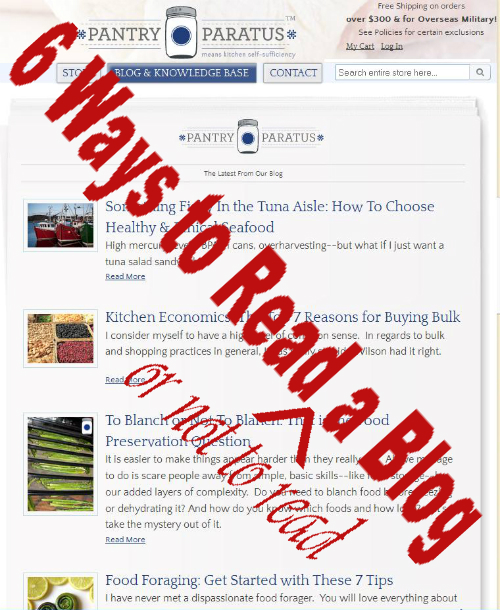

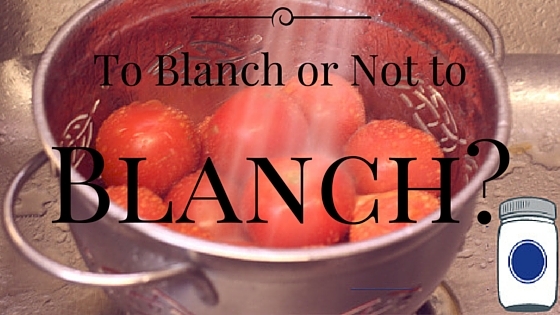
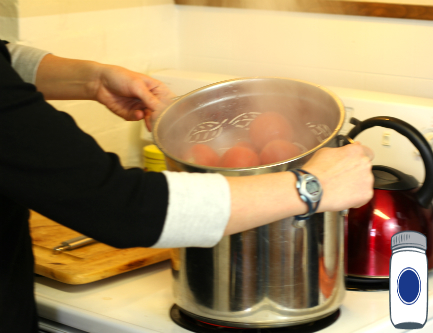
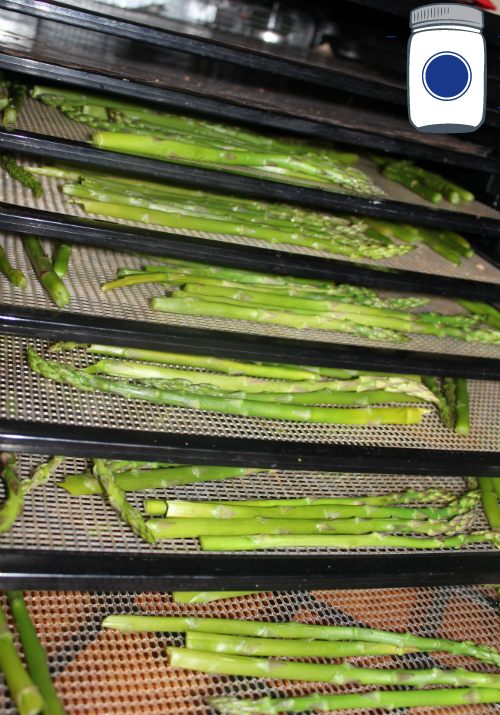
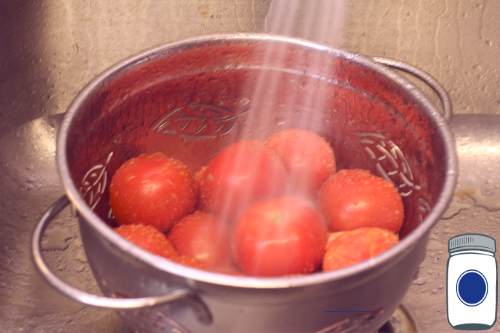
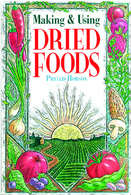
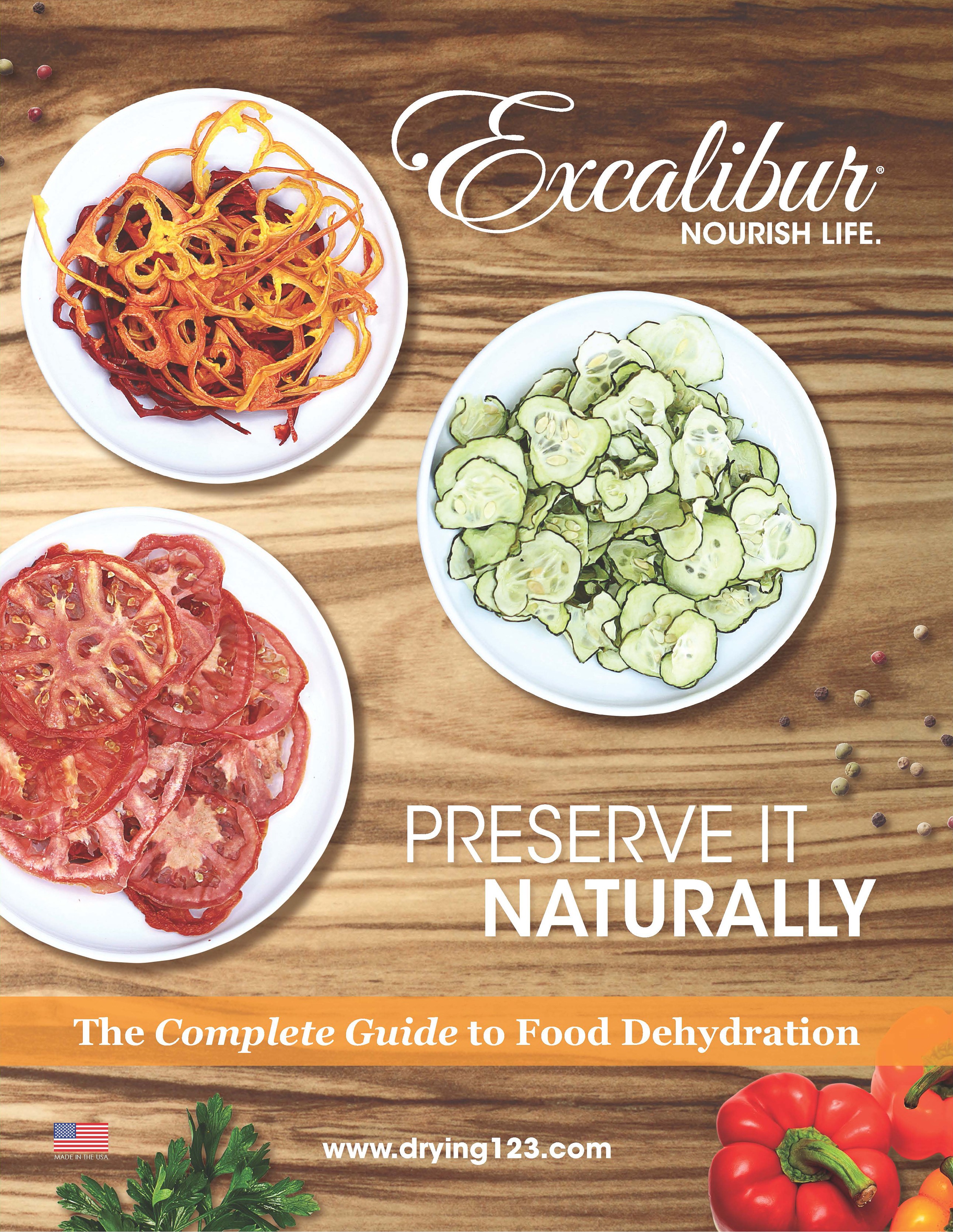 Preserve It Naturally: The Complete Guide to Food Dehydration
Preserve It Naturally: The Complete Guide to Food Dehydration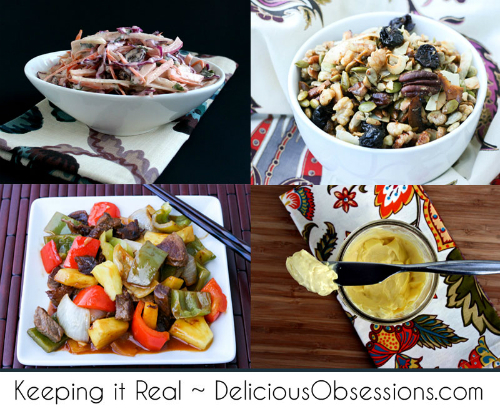
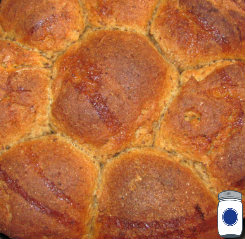
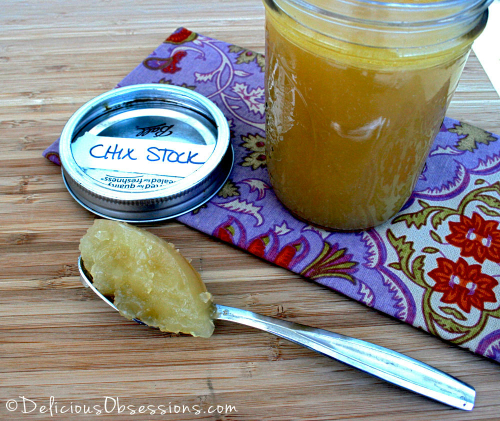
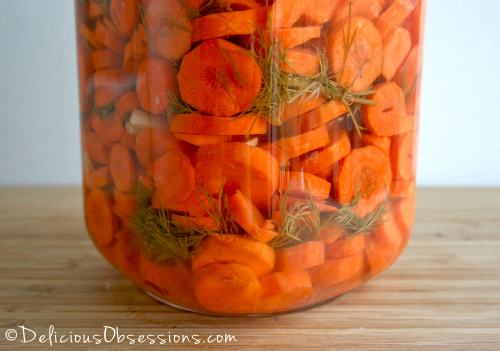

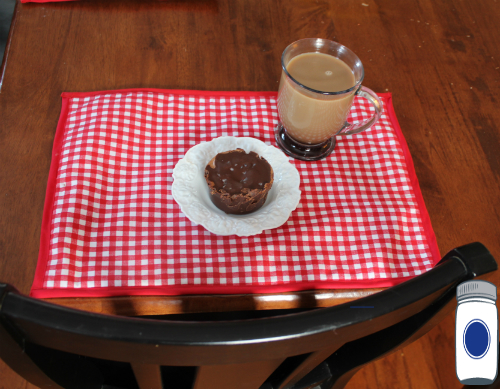
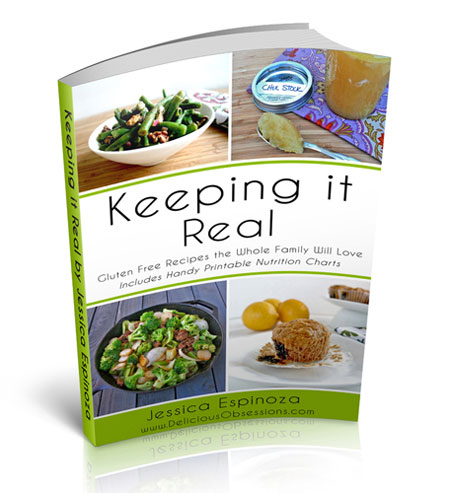



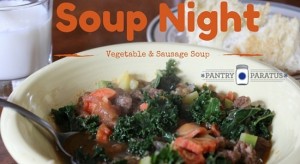

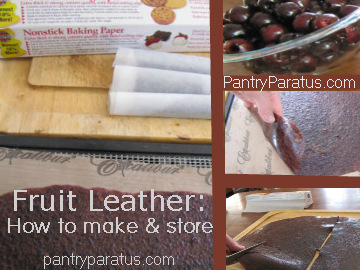
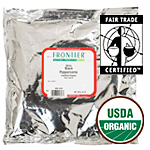

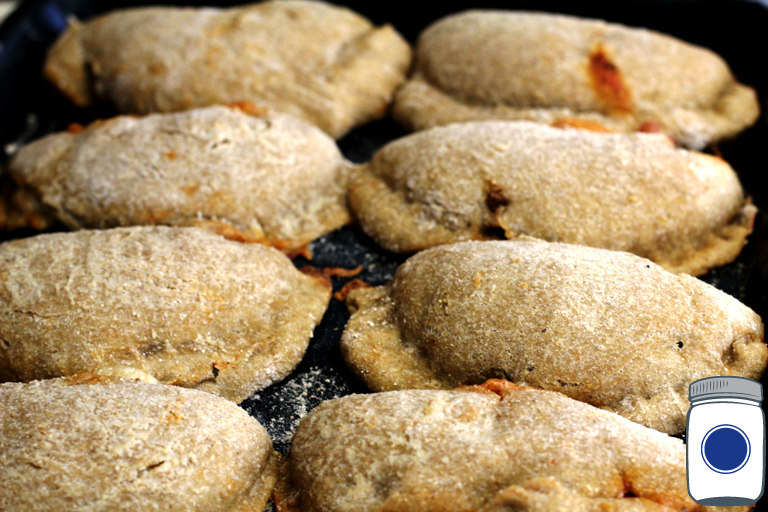
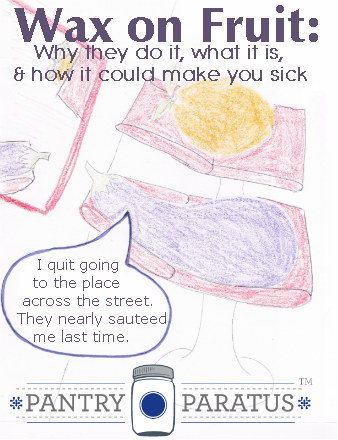




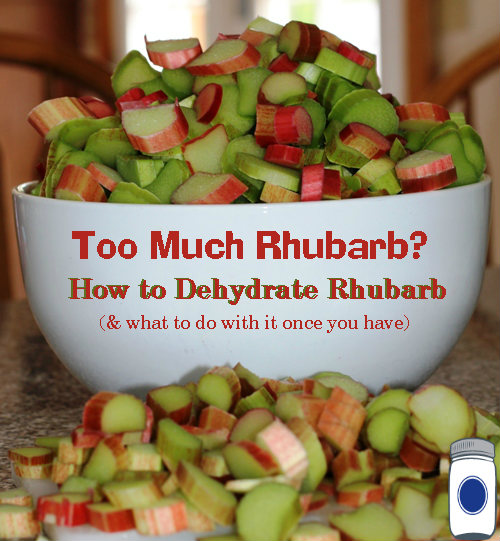

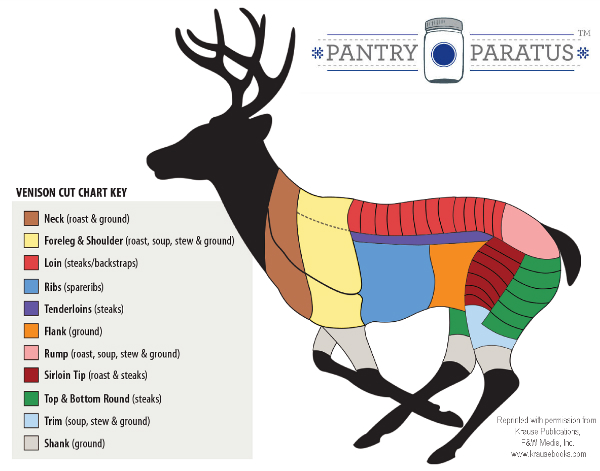
 Sugar is sweet, and so is maple surple, as the
Sugar is sweet, and so is maple surple, as the 







 Learn your trees. Maples are the only to make syrup, you know, although it is much preferred. Walnut and Birch trees can be tapped for syrup too!
Learn your trees. Maples are the only to make syrup, you know, although it is much preferred. Walnut and Birch trees can be tapped for syrup too!


